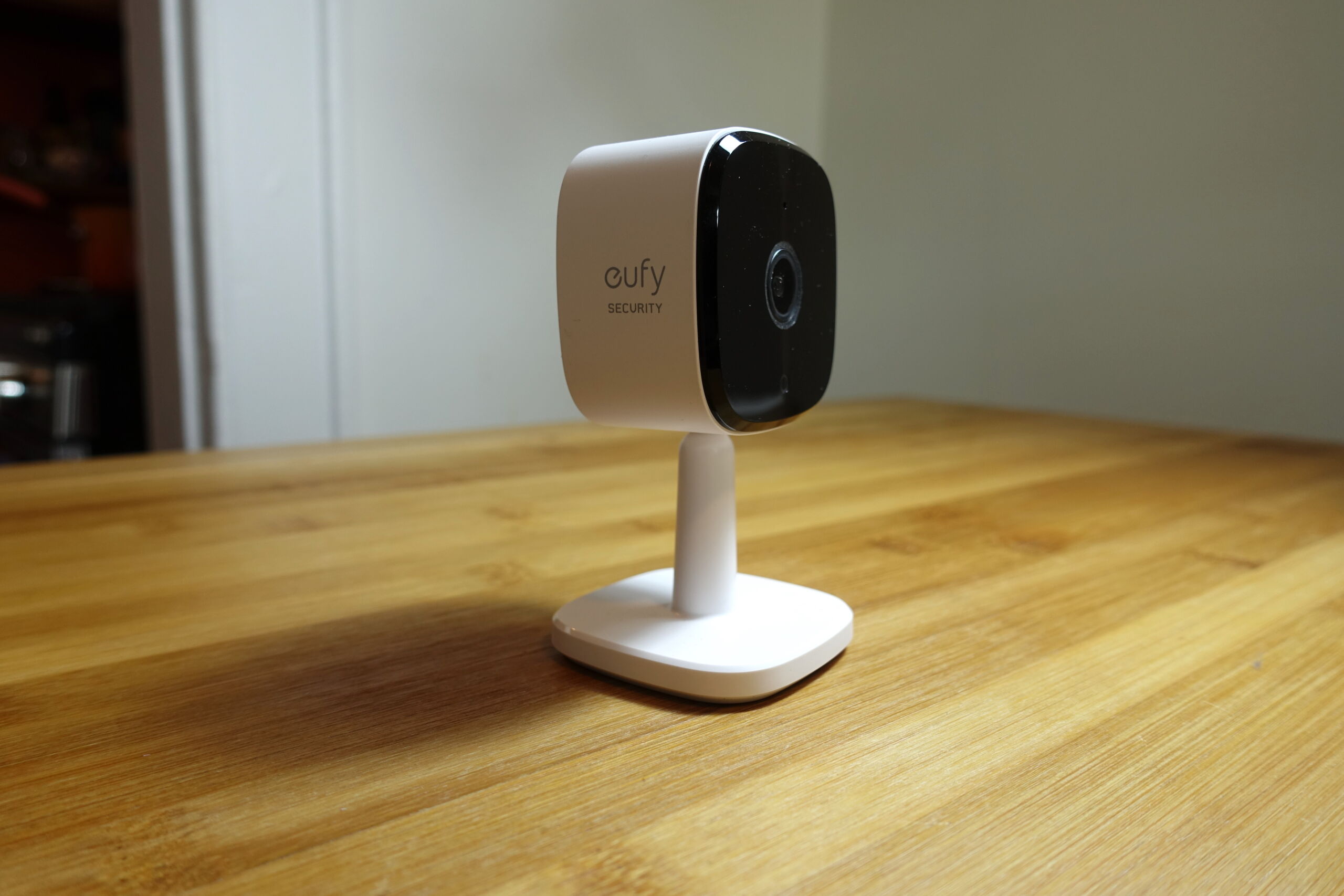(Update 7:30 a.m. ET 12/2/2022: Eufy has issued a statement in response to findings from The Verge and a security researcher:
"eufy Security adamantly disagrees with the accusations levied against the company concerning the security of our products. However, we understand that the recent events may have caused concern for some users. We frequently review and test our security features and encourage feedback from the broader security industry to ensure we address all credible security vulnerabilities. If a credible vulnerability is identified, we take the necessary actions to correct it. In addition, we comply with all appropriate regulatory bodies in the markets where our products are sold. Finally, we encourage users to contact our dedicated customer support team with questions."
The original story follows.)
When security researchers found that Eufy's supposedly cloud-free cameras were uploading thumbnails with facial data to cloud servers, Eufy's response was that it was a misunderstanding, a failure to disclose an aspect of its mobile notification system to customers.
It seems there's more understanding now, and it's not good.
Eufy didn't respond to other claims from security researcher Paul Moore and others, including that one could stream the feed from a Eufy camera in VLC Media Player, if you had the right URL. Last night, The Verge, working with the security researcher "wasabi" who first tweeted the problem, confirmed it could access Eufy camera streams, encryption-free, through a Eufy server URL.
This makes Eufy's privacy promises of footage that "never leaves the safety of your home," is end-to-end encrypted, and only sent "straight to your phone" highly misleading, if not outright dubious. It also contradicts an Anker/Eufy senior PR manager who told The Verge that "it is not possible" to watch footage using a third-party tool like VLC.
The Verge notes some caveats, similar to those that applied to the cloud-hosted thumbnail. Chiefly, you would typically need a username and password to reveal and access the encryption-free URL of a stream. "Typically," that is, because the camera-feed URL appears to be a relatively simple scheme involving the camera serial number in Base64, a Unix timestamp, a token that The Verge says is not validated by Eufy's servers, and a four-digit hex value. Eufy's serial numbers are typically 16 digits long, but they are also printed on some boxes and could be obtained in other places.


 Loading comments...
Loading comments...
